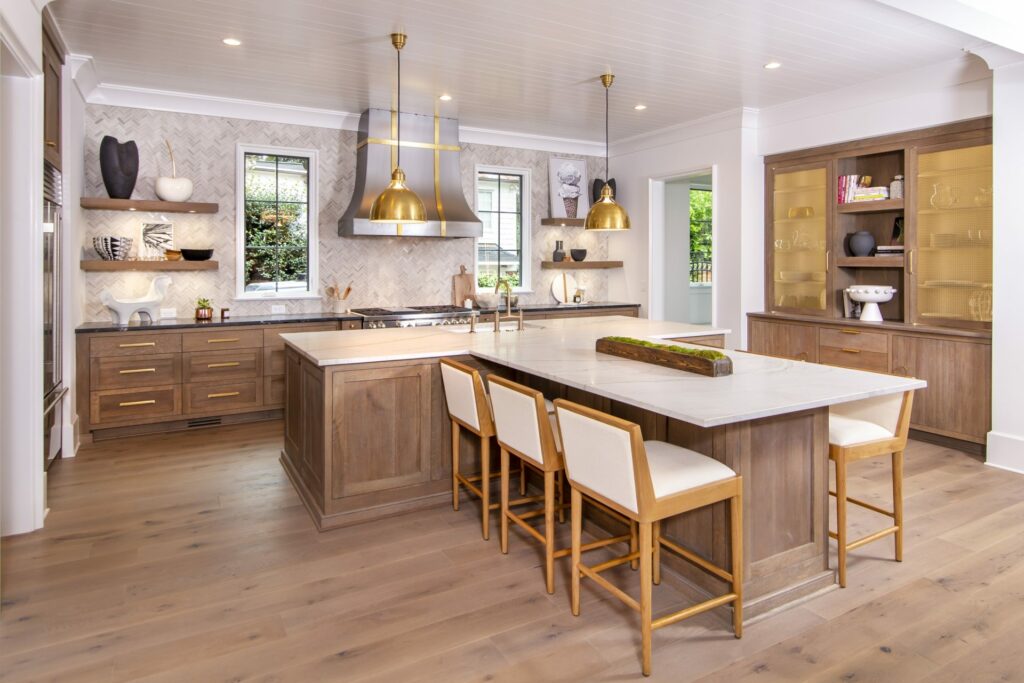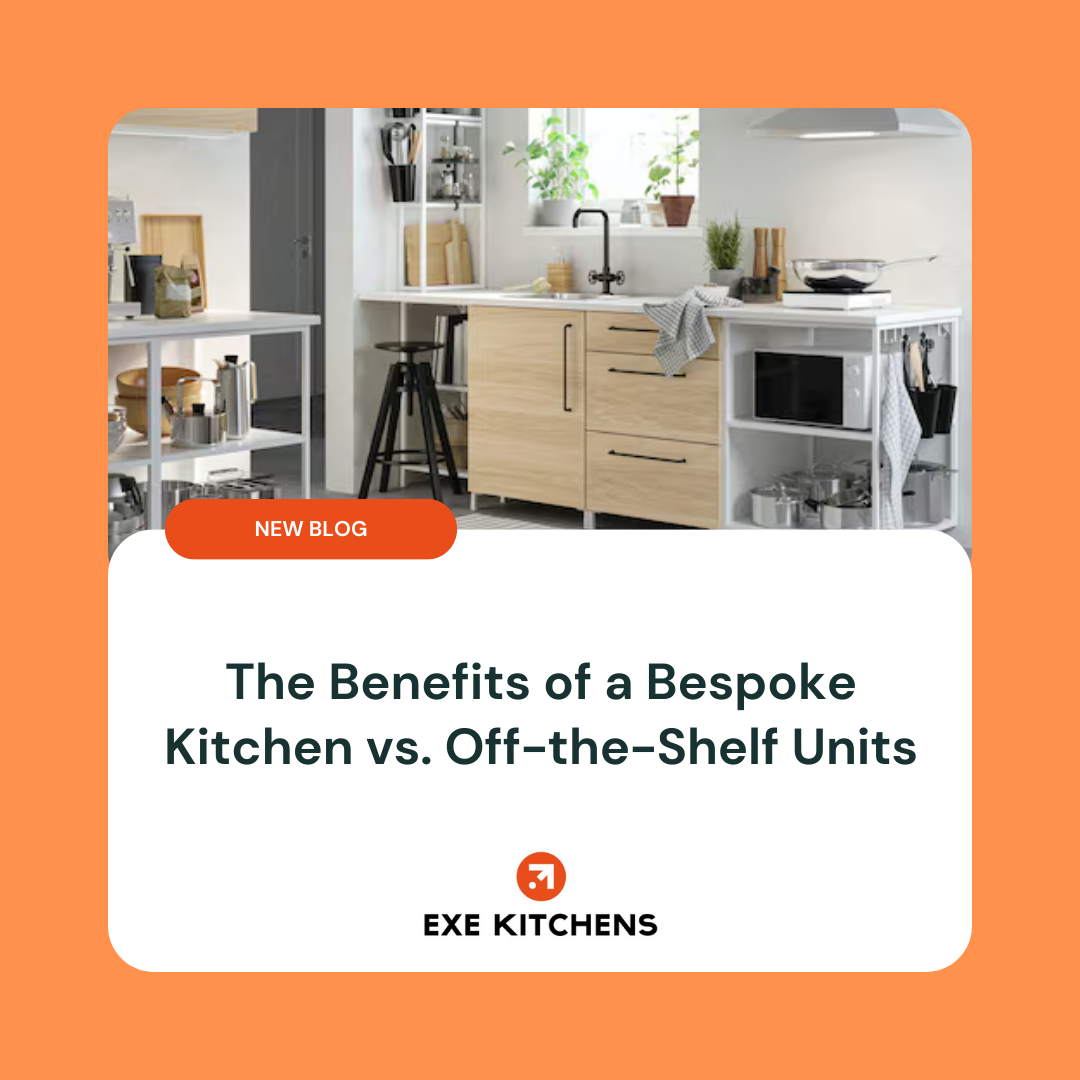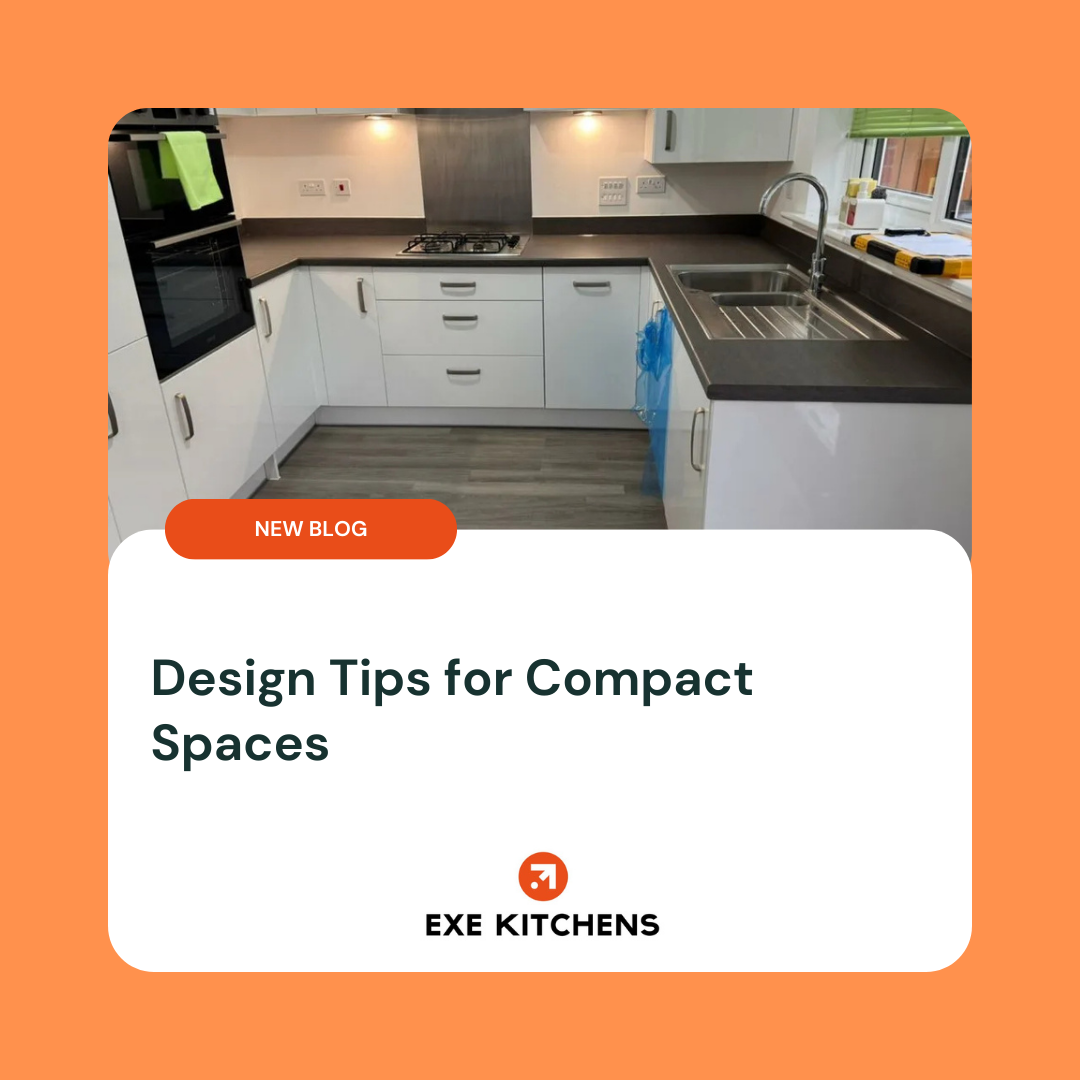Introduction
In Houses in Multiple Occupation (HMOs), small kitchens are a common challenge. These properties, typically shared by several tenants, often have limited communal spaces that must cater to multiple users simultaneously. A well-designed kitchen can dramatically improve tenant satisfaction, streamline daily routines, and enhance the property’s value for landlords.
This guide explores practical and cost-effective small kitchen solutions for HMOs. From space-saving layouts and clever storage options to durable appliances and design tips, discover how to create a kitchen that works for everyone.
Why Optimising Small Kitchens in HMOs Is Essential
Challenges of Small Kitchens in HMOs
HMOs face unique challenges due to shared living arrangements. Kitchens often experience:
- Overcrowding: Limited space can lead to frustration when multiple tenants cook at once.
- Wear and Tear: Communal kitchens see heavy use, making durability a priority.
- Clutter: Without proper storage, kitchens can quickly become chaotic.
Benefits of a Well-Organised HMO Kitchen
Investing in smart kitchen solutions offers numerous advantages:
- Happier Tenants: A functional kitchen encourages cooperation and harmony among tenants.
- Reduced Maintenance: Organised spaces are easier to clean and less prone to damage.
- Increased Rental Value: A modern, efficient kitchen makes a property more appealing.
Space-Saving Layouts for Small HMO Kitchens
Open Plan vs. Galley Kitchens: Which Works Best?
- Open Plan: Ideal for creating a sense of space in compact areas. It encourages social interaction but may lack privacy for tenants.
- Galley Kitchens: Perfect for maximising space efficiency, with a linear design that provides ample counter space and storage.




Utilising Corners and Vertical Space
- Install corner shelves or pull-out units to use awkward spaces effectively.
- Add overhead racks for hanging pots and pans, freeing up valuable counter space.



Smart Storage Solutions for Small Kitchens
Compact and Multi-Functional Furniture
- Use foldable dining tables and chairs that can be tucked away when not in use.
- Invest in multi-purpose kitchen islands with built-in storage.
Modular Storage Units
- Modular designs allow flexibility, making it easier to reconfigure storage as needed.
- Add stackable drawers or sliding baskets for quick access to essentials.
Maximise Cupboard Space
- Use stackable containers and dividers to keep items organised.
- Install cupboard door racks for spices, cleaning supplies, or small utensils.
Essential Appliances for Small HMO Kitchens
Choosing Compact Appliances
- Opt for slimline fridges and freezers that fit smaller spaces.
- Combine multiple functions with microwave ovens or washer-dryer units.
Energy-Efficient and Durable Options
- Look for A-rated appliances to reduce energy costs.
- Prioritise robust materials to withstand heavy use.
Clever Design Tips to Create Illusions of Space
Light and Bright Colour Schemes
- Use neutral tones, such as white or cream, to create an airy feel.
- Add splashes of colour with accessories like tea towels or canisters.
Strategic Lighting Placement
- Install under-cabinet lights to improve visibility.
- Use reflective surfaces, such as glossy tiles or mirrors, to amplify light.
Transparent and Open Shelving
- Replace solid cupboard doors with glass panels.
- Opt for open shelving to make the kitchen appear larger.
Practical Tips for Managing Shared Kitchens
Assigning Storage and Cooking Zones
- Allocate labelled cupboards and fridge shelves for each tenant.
- Create designated zones for cooking, washing up, and food prep.
Maintenance Tips for Landlords
- Encourage tenants to keep the kitchen tidy with clear cleaning schedules.
- Conduct regular inspections to address issues early.
Cost-Effective Renovation Ideas for Landlords
Affordable Upgrades
- Repaint cabinets or replace handles for a quick refresh.
- Use vinyl wraps for counters or backsplashes as a budget-friendly alternative to full replacements.
Sustainable and Eco-Friendly Options
- Choose recycled materials for shelving or furniture.
- Install water-saving taps and LED lighting to reduce bills and environmental impact.
Frequently Asked Questions (FAQs)
- What are the best appliances for small HMO kitchens?
Slimline, multi-functional, and energy-efficient appliances work best for shared spaces. - How can landlords manage clutter in shared kitchens?
By providing ample storage, clear zones, and regular maintenance schedules. - What is the average cost of renovating a small kitchen in an HMO?
Depending on the extent of work, costs typically range from £1,000 to £5,000. - How do open-plan kitchens affect tenant satisfaction?
Open-plan designs encourage social interaction but may lack privacy. - What materials are most durable for small HMO kitchens?
Opt for laminate or quartz countertops, stainless steel appliances, and moisture-resistant cabinets.
Conclusion
Creating an efficient and attractive small kitchen in an HMO is achievable with the right approach. By focusing on smart layouts, clever storage, durable appliances, and thoughtful design, landlords can improve tenant satisfaction and increase the property’s rental value. Implement these solutions to make the most of limited space while ensuring a functional and inviting kitchen for shared living.


